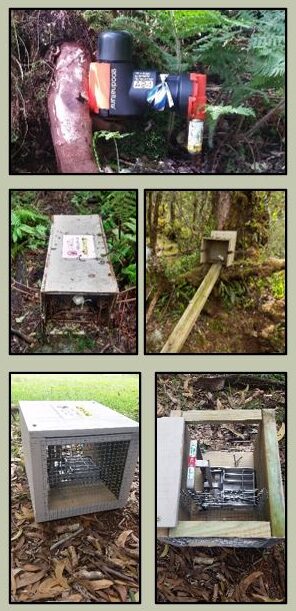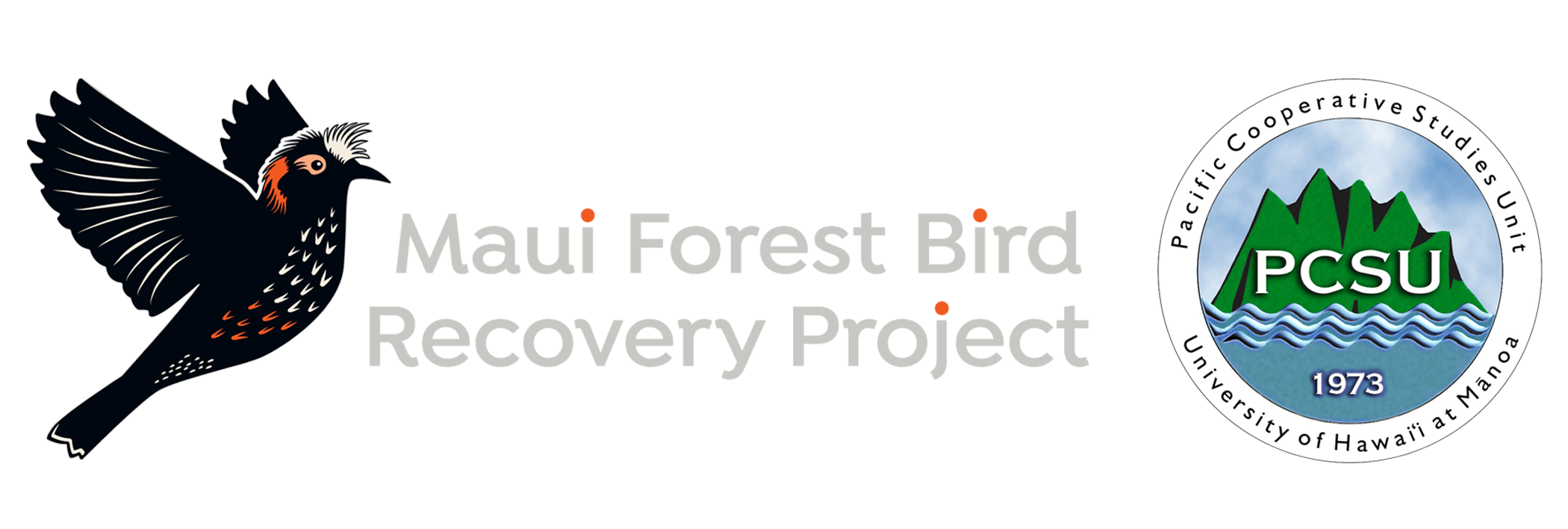Predator Control
Freeing FOREST HABITATS OF INVASIVE SMALL MAMMALSIntroduced predators like cats (Felix catus), rats (Ratus spp.), and mongooses (Urva auropunctata) are a serious threat to Hawai’i’s native birds. Maui Forest Bird Recovery Project conducts predator control in native forest bird habitat to reduce predator populations and to protect native birds.
Predator control is an essential component to endangered species and habitat management in Hawai’i. Trapping is an important tool for addressing impacts to Hawai’i’s native birds. The recovery of bird populations has been documented after predator control efforts. For example, Predator Control Study in Kaua’i.
As part of the University of Hawai’i, MFBRP’s predator control program operates under the approval of The Institutional Animal Care and Use Committee (IACUC). This is a federally mandated committee, qualified through the experience and expertise of its members, that oversees its institution’s animal program, facilities, and procedures. This ensures all animal capture and dispatch is done in accordance with humane and approved practices.

Save the Forest, Save the Birds
It takes a community of dedicated individuals and support to make conservation happen
